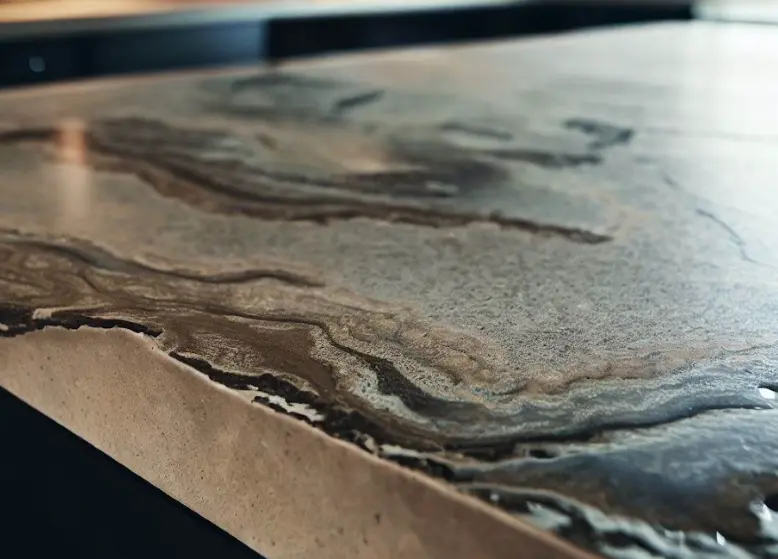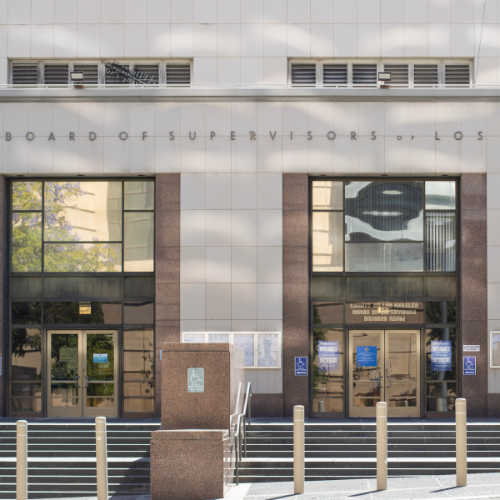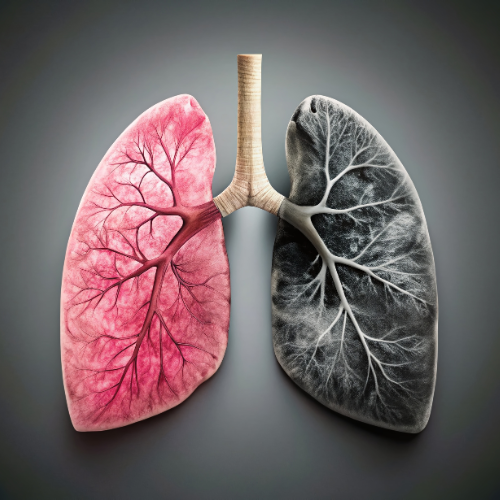
Overview of Artificial Stone
January 18, 2024
Artificial Stone Banned in Australia: A Timeline of Advocacy and Action
January 22, 2024Blog

Overview of Artificial Stone-Induced Silicosis
First Cases and Recognition:
- 1997: First case diagnosed in Israel (Caesarstone worker).
- 2010-2012: Cases identified in Spain and Italy; exposure linked to quartz conglomerates.
- 2014: First reported case in North America (Texas).
- 2017-2019: California reports severe cases, including fatalities.
Global Scope and Growing Epidemic:
- By 2020: Over 300 cases in Israel, Spain, China, Australia, Italy, and the US.
- 2022: Australia reports 579 cases; Spain registers 4,906 silicosis claims due to occupational disease.
- 2023: Curtin University study predicts over 10,000 Australians developing lung cancer and 103,000 diagnosed with silicosis due to current dust exposure. This leads to Australia banning artificial stone.
Clinical Characteristics and Impact:
- California study: Identified 52 male patients (median age 45); 51 Latino immigrants.
- Severe Disease: 20% with advanced fibrosis, hypoxia in 19%, lung transplant referrals in 21%.
- Fatalities: 19% of cases, median age of death 46 years.
- Socioeconomic Factors: 19% uninsured, 39% with restricted-scope Medi-Cal.
- Delayed Diagnosis: 58% of cases, often misdiagnosed as pneumonia or tuberculosis.
Urgent Need for Action:
- Dust exposure reduction and regulatory enforcement are crucial.
- Enhanced workplace medical and public health surveillance is essential.
- Studies estimate hundreds of thousands of new cases globally.
- Banning of artificial stone is vital.
Key Points:
- Artificial stone-induced silicosis is a growing international epidemic.
- Young Latino immigrant men are disproportionately affected in many U.S. states.
- Disease can be severe, with advanced cases, hypoxia, and fatalities.
- Socioeconomic factors contribute to delayed diagnosis and access to care.
- Urgent action is needed to protect workers and prevent future cases.


